Bladder Up: Lowering the Financial and Environmental Cost of Shipping Bulk Water
Billions of gallons of bottled water are exported each year. But to cut transportation costs, some companies are using plastic bladders for bulk shipping.
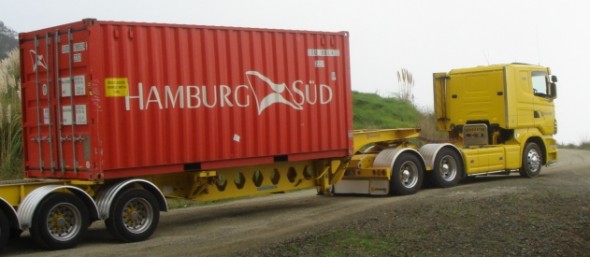
By Brett Walton
Circle of Blue
Bottled water has a bad reputation with environmental advocates. They decry the popular product because of the plastic packaging, the potential ravaging of natural springs by the industry’s corporate peddlers, the commodification of what is a human right, and the energy costs of production and transportion.
But an increasingly popular shipping method — plastic bladders encased in the familiar metal containers that are stacked on cargo ships — is addressing the latter complaint, while improving the industry’s bottom line.
By using polyethylene “flexitanks” and bottling the water at the final destination, instead of at the source, companies need not ship the bottles themselves. More fresh water can be moved this way, cutting the product’s carbon footprint and drastically reducing the cost of sending it across oceans.
“It’s a shipping sector that will certainly continue to grow, because of the environmental aspect,” said Anthony Haikney, a global sales manager for Trans Ocean Group, a United Kingdom-based logistics company that handles bulk shipments.
Cargo ships — the largest of which can hold some 12,500 containers — are already the least carbon-intensive shipping method. Even so, using flexitanks does not eliminate the truck transport on both ends of the journey.
Haikney told Circle of Blue that Trans Ocean has moved water in flexitanks for several clients during the last six or seven years. Premium liquids, such as wine and olive oil, have been shipped this way for far longer, he said, and bulk mineral water is a “natural progression.”
The flexitanks can hold 24,000 liters (6,340 gallons). A recently completed trial run by Aqua Naida, a New Zealand company that sells mineral water, shows just what an advantage that is.
Andy Becker, the managing director of the two-year-old enterprise, told Circle of Blue that 28,000 bottles could fit in a standard 6-meter (20-foot) shipping container. But by moving the water in a flexitank and bottling it at the destination, a single shipment can yield 40,000 units, representing a 43 percent increase.
“The cost savings depend on the region,” he said. “But we can get 40 percent discount on the wholesale price.”
Water Here, Water There
In the trial shipment, Aqua Naida and its Japanese partner, EFU Investment, sent a flexitank from New Zealand to Japan. The ocean voyage took two weeks, and the entire process from loading at the source to bottling in Japan spanned nearly a month. The tank was then recycled.
With a fruitful trial, Becker said, the next step is to begin commercial operations.
–Anthony Haikney, Global sales manager
Trans Ocean Group
For mineral water and other premium waters, the economics of shipping in bulk work out. People are willing to pay several dollars per liter for a name brand, which more than covers transportation costs — the biggest expense — plus the associated costs of running a business.
But basic drinking water, like that which comes out of a kitchen tap, is still too cheap to be shipped this way. For example, companies have tried for years, without success, to export water from Sitka, Alaska, to the world’s drier regions like India and the Middle East.
Nonetheless, both Haikney and Becker said that the flexitanks provide solutions for times when water is needed temporarily and when building fixed infrastructure would be costly and wasteful.
“Potable water for disaster recovery areas,” Haikney wrote in an email, listing possible uses. “Music and sports festivals, rain water harvesting and storage for farming, water for the construction industry. The list is endless, but the solution is the same: ship in bulk.”

Brett writes about agriculture, energy, infrastructure, and the politics and economics of water in the United States. He also writes the Federal Water Tap, Circle of Blue’s weekly digest of U.S. government water news. He is the winner of two Society of Environmental Journalists reporting awards, one of the top honors in American environmental journalism: first place for explanatory reporting for a series on septic system pollution in the United States(2016) and third place for beat reporting in a small market (2014). He received the Sierra Club’s Distinguished Service Award in 2018. Brett lives in Seattle, where he hikes the mountains and bakes pies. Contact Brett Walton

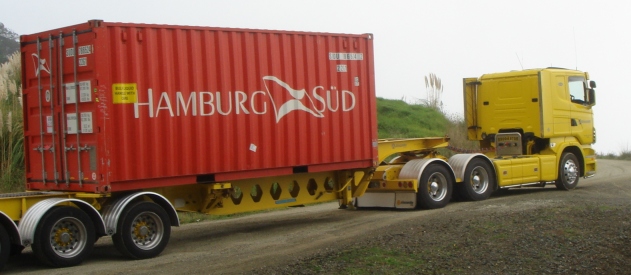

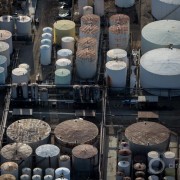
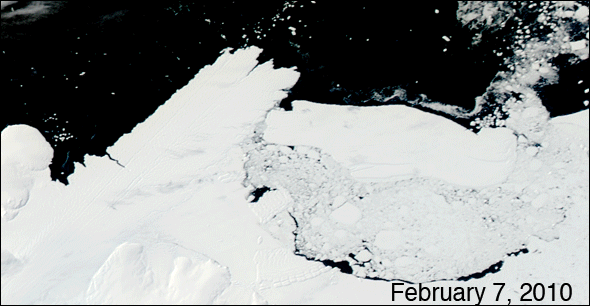

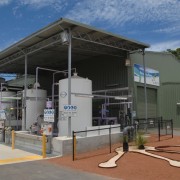

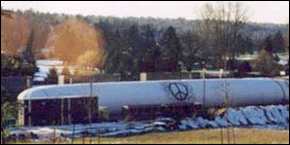

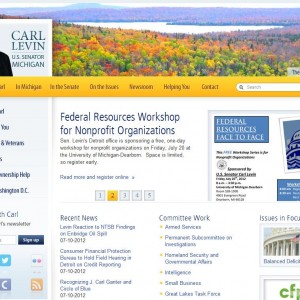

Well, for a long time now, even conservationists and environmentalists have claimed the econmics are just not there for bulk shipments of water on the oceans of the world. Well, this is exactly the model that is economical, at least in the near future. I recently watched as 30 tankers carrying box-car-sized containers stacked stories high sat off the coast of Hong Kong, and sat wondering about the value of water, especially bottled water, in China — you either boil water or drink bottled water. Western fashion and convenience, from what I could see in the markets and lobbies of hotels, will thirst for bottled water. This is a seroius question, especially in the Great Lakes. The Great Lakes Compact prohibits bulk diversions of water. The Federal WRDA law prohibits diversions or exports. The Compact needs clarification, however, as it is unclear about “products” that involve water, since “products” are exempted from the diversion ban. We must insist on a declaration from Congress and Great Lake States that “product” does not include containers with water of any size. If not, someone sooner or later will argue that a container of water, no matter what the size, is a “product.” Thanks for the information. –Jim Olson, Flow for Water Public Trust Policy Center. http://www.flowforwater.org